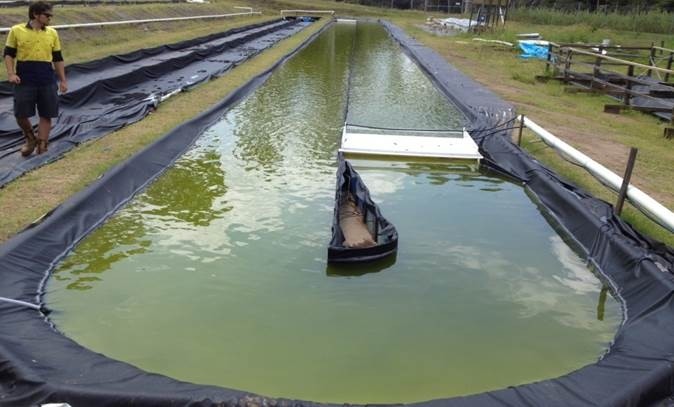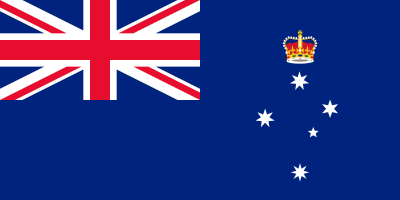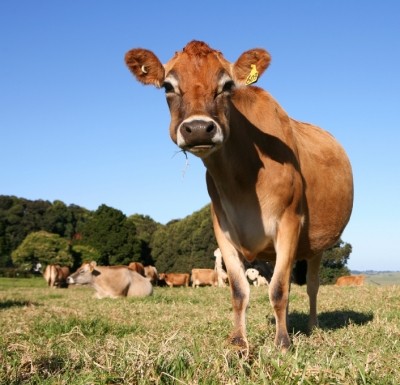Algae as cheap cattle feed supplement: University of Queensland shows how it is done

A UQ research team, involving 10 PhD students from the School of Agriculture and Food Sciences, has set up a pilot algae farm to show how microalgae can be cultivated and harvested for a range of uses, including as a feed supplement for beef cattle.
In an interview today with FeedNavigator.com, lead researcher Professor Peer Schenk, told us:
“During the dry season in northern Australia pasture is low in protein and energy, placing a constraint on beef production. Beef producers typically turn to soymeal but this protein source is extremely volatile in terms of price, and buying and transporting soymeal is also a logistical challenge for remotely located cattle ranchers.
Therefore, a ‘home grown’ source of high quality feed protein could bring tremendous relief to farmers during prolonged dry conditions, such as those affecting much of Queensland.
In this context we have spent three years developing technology that simplifies and dramatically reduces the cost of microalgae production, and, crucially, can be implemented at the farm level using a minimal amount of land.”
Sustainable technology
The UQ team collaborated with other agencies including the Queensland Alliance for Agriculture and Food Innovation, and Meat and Livestock Australia in the development of the off-grid 250,000-litre demonstration farm at the university’s Pinjarra Hills campus.
“We assessed all types of algae production technology in the project development phase asking the question: Is it cheap and can it be scaled up? Essentially, we have modified the cultivation, harvesting and drying methods and created an algae production process that can be readily and cost-effectively applied on beef properties without competing for arable land needed for food production,” said Schenk.
Sun, flat land and any type of water
Sunshine and a flat surface are essential requirements but virtually any type of water can be used with the UQ algae production method.
Mixing is done by horizontal airlift as opposed to the standard vertical method - a process Schenk says reduces the amount of oxygen in the ponds, and optimizes algae cultivation.
The algae is grown in ponds 20cm deep which allows them greater exposure to nutrients and enables them to double their biomass daily. “So productivity is high, and harvesting can be done all year round,” added the Professor.
Harvesting through a settling process has also eliminated the need for centrifuges, which are expensive to run and maintain. “We are able to change the pH level of the culture, so the algae settle at the bottom of the pond. The water is removed and recycled and the algae are converted into a paste, which is then dried via pipes heated by solar energy. The resulting powder can be stored indefinitely,” said Schenk.
He said the pond liners and the solar panels would represent the biggest outlay for beef and other livestock producers as well as feed manufacturers willing to buy into in the algae technology, which would cost about AUS $50,000 to $100,000 in terms of initial outlay. "On average, producers would see a return on investment in three and half years. It depends on how the algae are used," said the researcher.
Weaner steer feed supplementation
The Pinjarra Hills farm can produce about 50 tons of algal biomass per hectare a year.
In terms of how many cattle can be supported by microalgae as a feed supplement, Schenk said around 2.5 ha of algal ponds will produce enough algal dry matter to supplement 1,000 weaner steers over a dry season.
The Professor said his colleagues have been carrying out research on the use of algae feed with cattle, and that the literature shows improved weight gain when cattle diets are supplemented with the novel protein source. “In terms of dosage levels, it has been shown that 0.7kg per day of microalgae feed supplement has a predicted increase in live weight gain in cattle of 0.5kg per day,” he said.
The diets of dairy cows and pigs can also be supplemented with algae feed, said Schenk. "In fact, a pig feed manufacturer has already expressed interest in scaling up the technology," he added.













